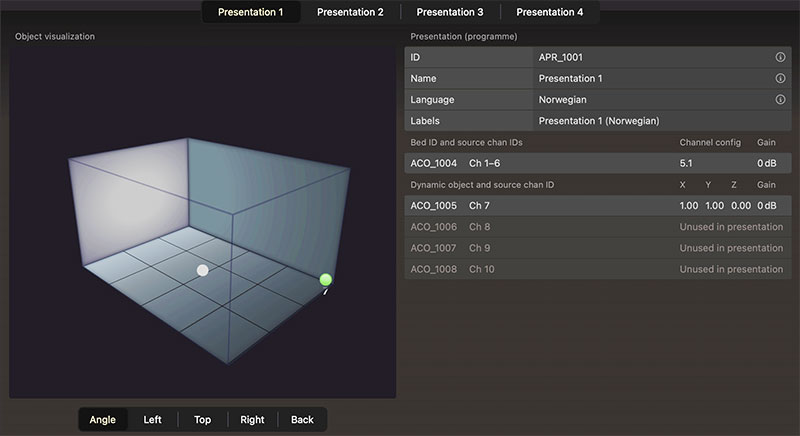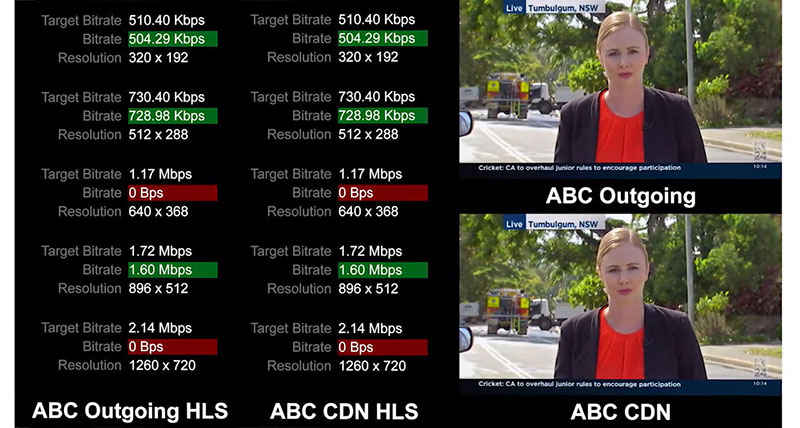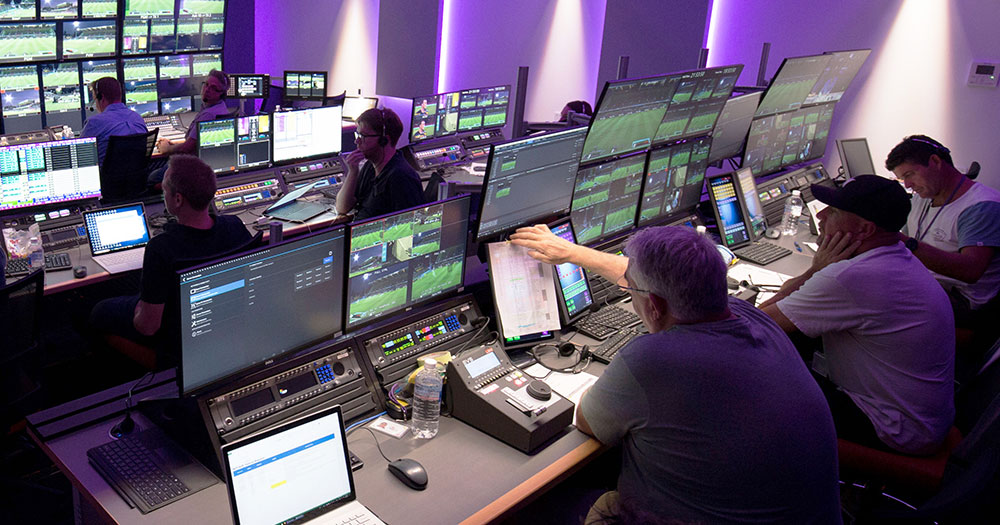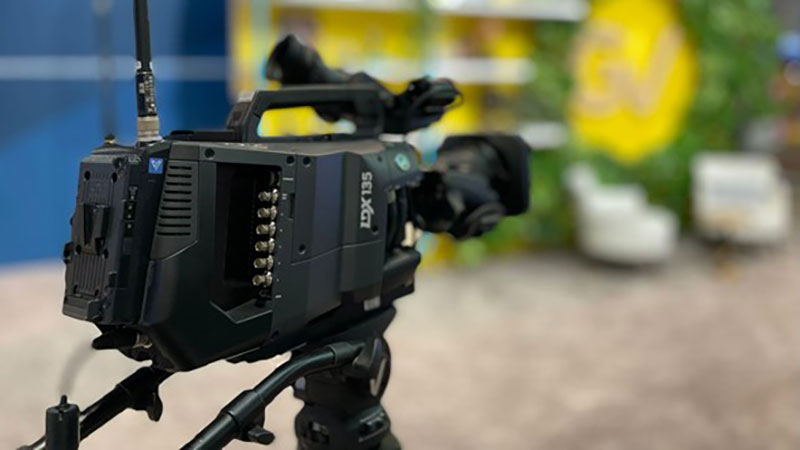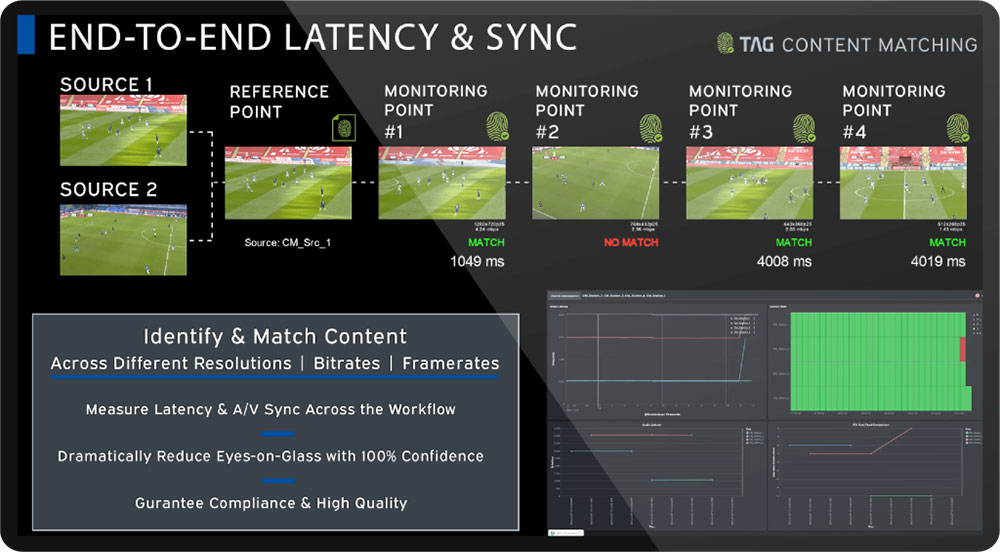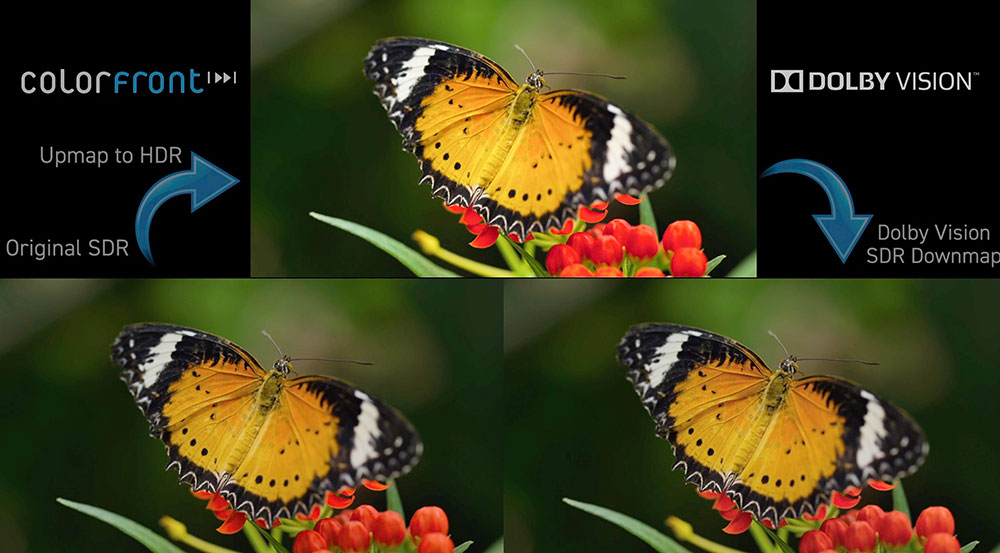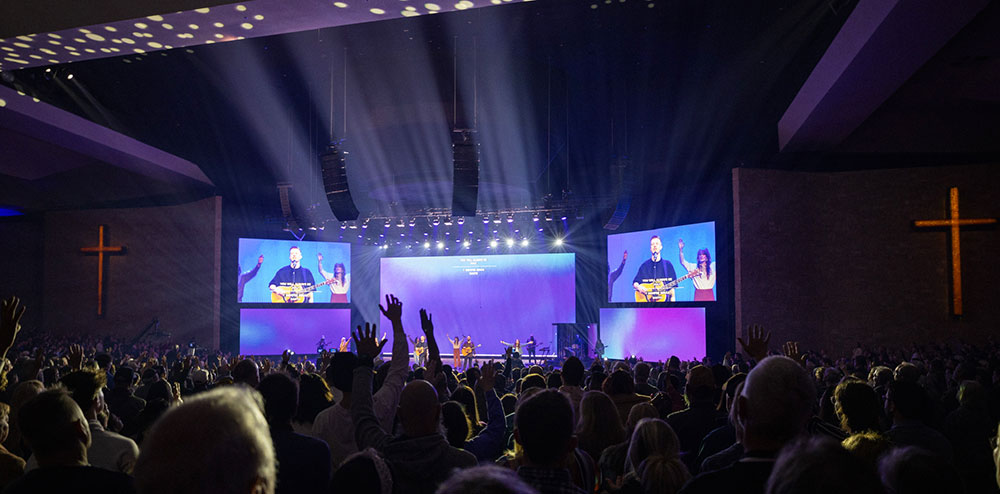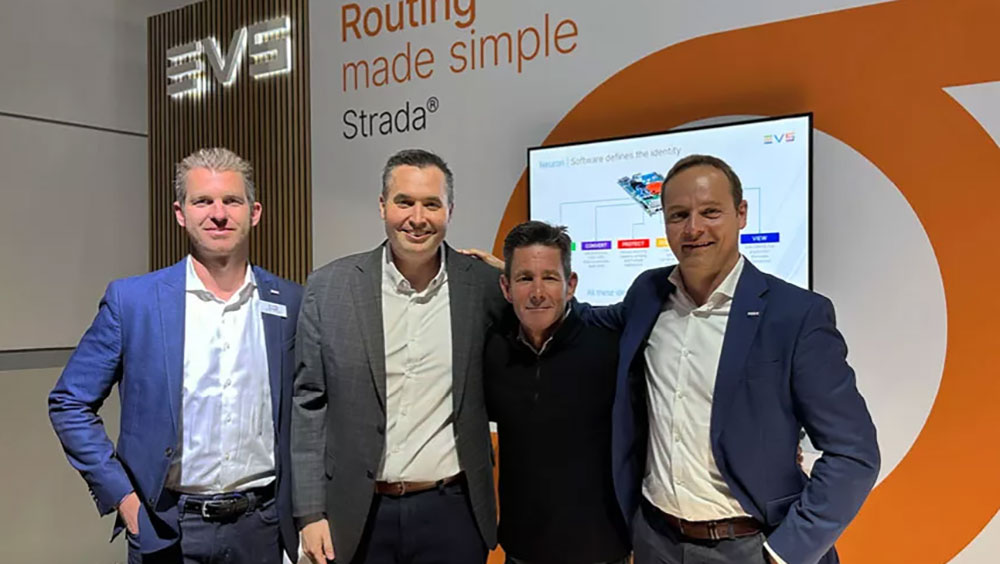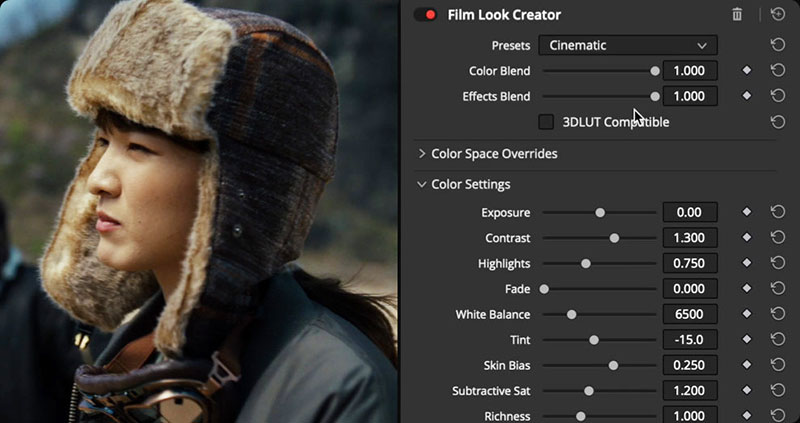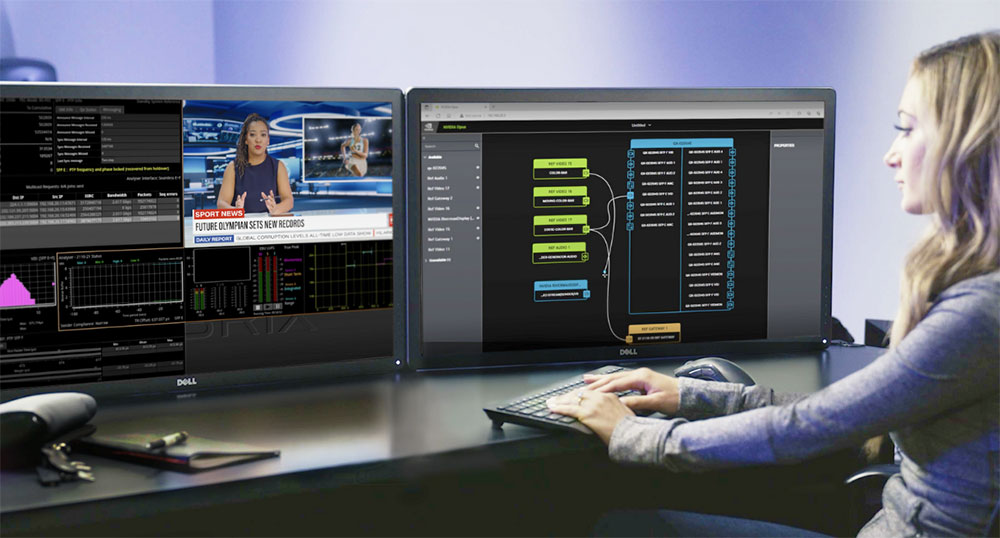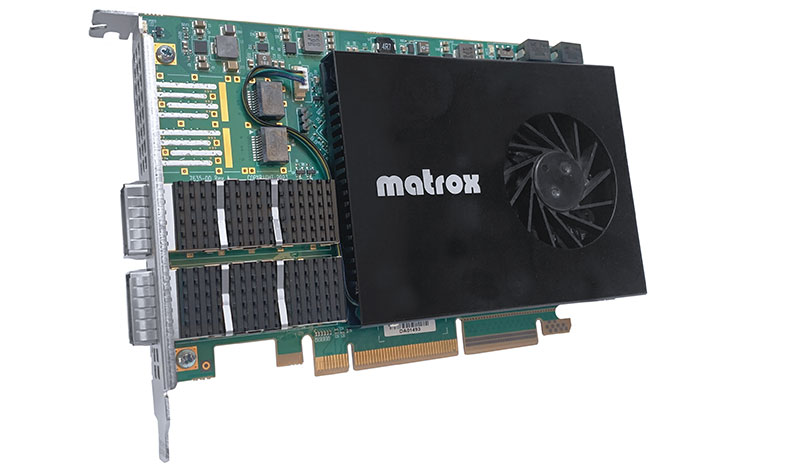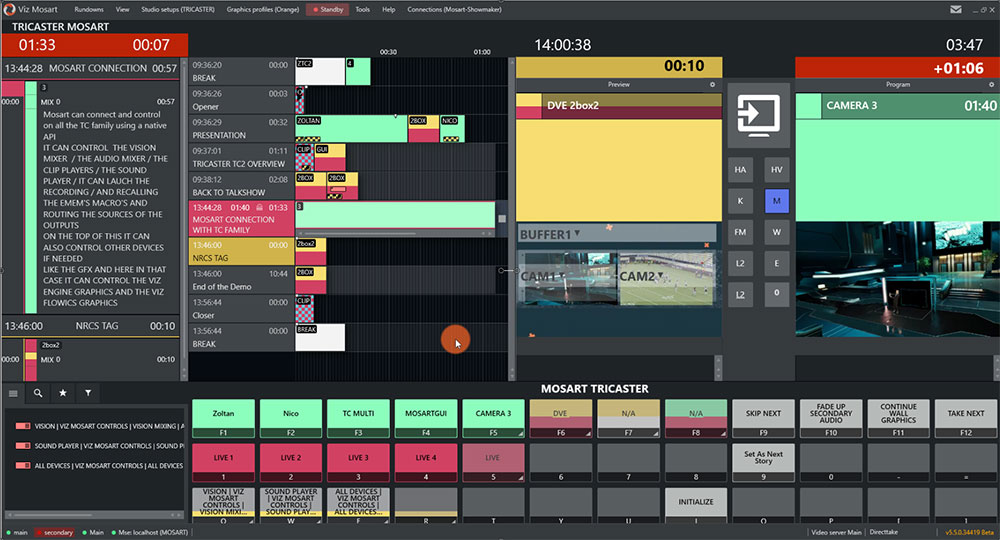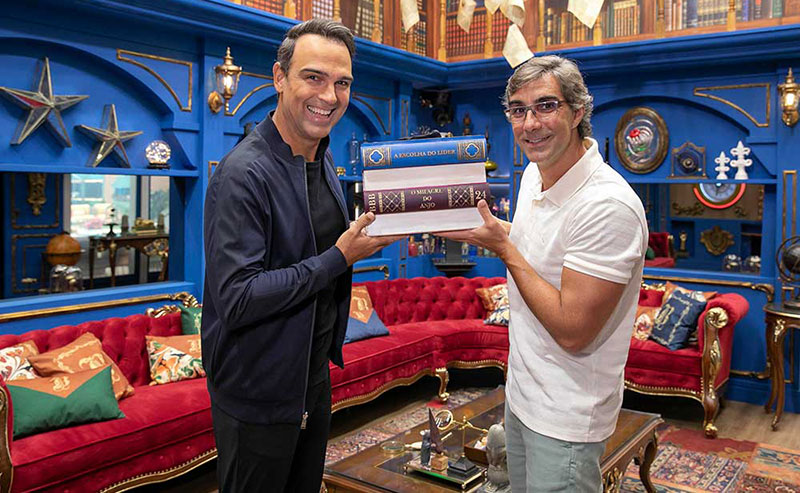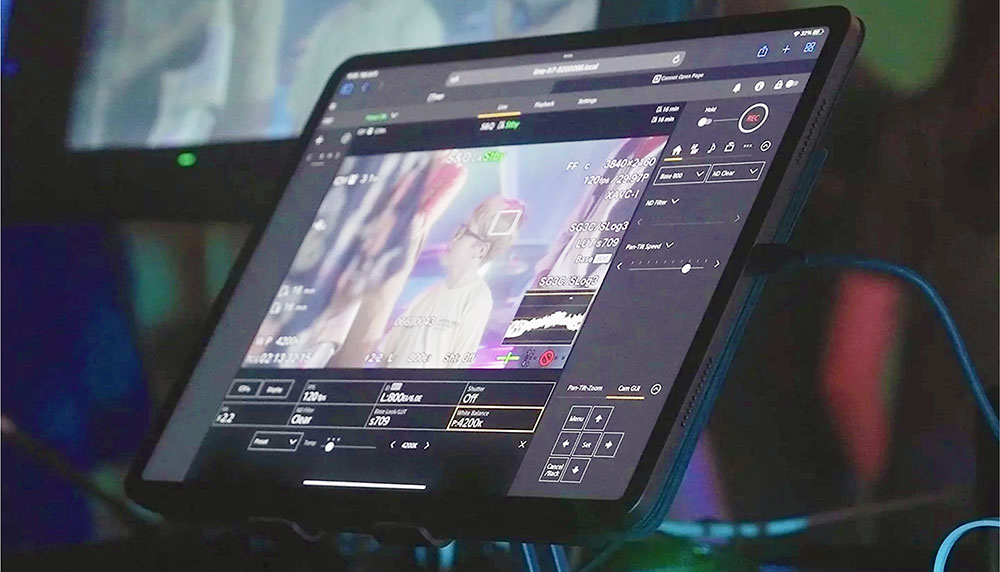The Philharmonic Orchestra designed one of the first UltraHD HDR workflows in its region, using AJA gear to equip its concert hall for live streaming to broadcasters and social platforms.
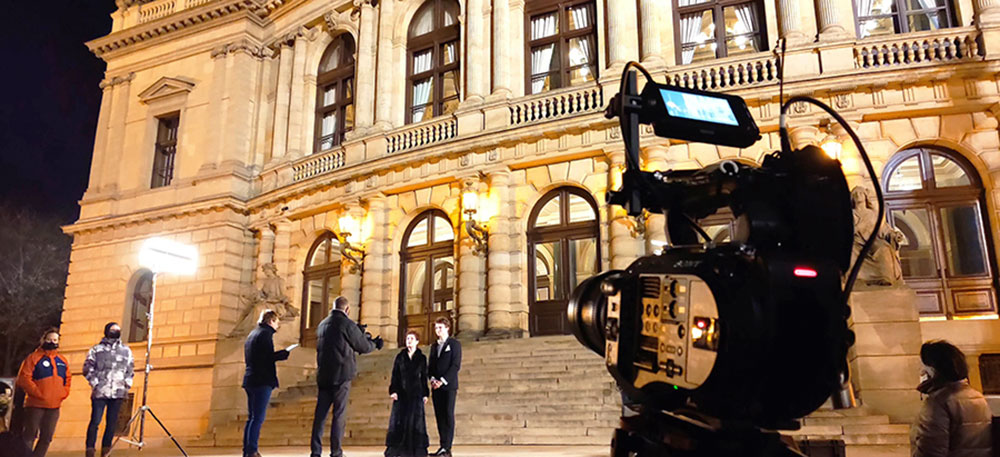
Over the past few years, Prague’s Czech Philharmonic Symphony Orchestra has extended its audience around the world by upgrading the Rudolfinum concert hall where it performs with live video broadcast and streaming equipment. The venue now serves as an international stage for the orchestra, with a production workflow overseen by Rudolfinum Technical Supervisor Dušan Bajtoš.
The set-up supports concert broadcasts and streams to European television channels Czech TV, MEZZO TV, ARTE and European Classical TV, as well as social streaming platforms like YouTube, Vimeo and Meta, plus many other distribution points. To achieve a high quality experience across viewing platforms and device types, he opted to produce the concerts in UltraHD HDR, throughout the process.
HDR Challenge
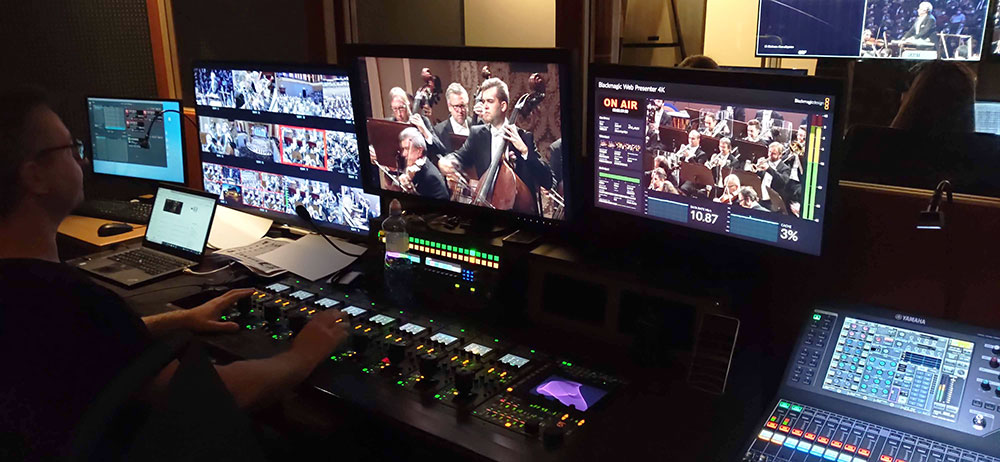
“When approached for this job, it was one of the first UltraHD HDR projects in the region, but I like a good challenge,” Dušan said. “Furthermore, anyone who has watched UltraHD HDR content can see the difference in quality, and because so many consumers already have UltraHD HDR-capable displays at home, this approach made sense. With the right tools and workflow, we can raise the quality of our signal output and deliver a better viewing experience that audiences are now able to enjoy more easily than they could have earlier on.”
To deliver different perspectives to viewers during each concert stream, the production team operates four manned cameras and six robotic cameras controlled from the director’s room on site. Ahead of each concert, they comprise a shot list that describes the angle, timing and length of shots per camera, as well as the object or artist to be kept in focus. From the director’s room, Dušan and his team execute the production, setting up a collection of displays to monitor the feeds and make colour and exposure adjustments.
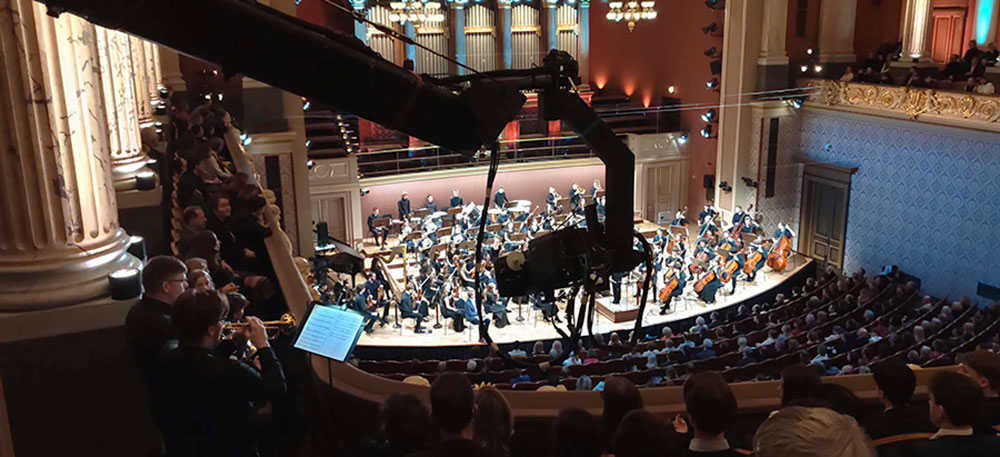
Signal conversion – between camera log formats, HDR and SDR, and UltraHD and HD – is crucial to each transmission. To handle this process, the technical team uses a HDR/WCG converter/frame synchronizer, the AJA FS-HDR, which the team uses to convert the output to match each delivery partner’s requirements. These can range from HD SDR or HD HDR, to 4K HDR.
“Before adopting FS-HDR, our committee tested several other converter systems to assess the quality of their conversion, but none compared to FS-HDR for flexibility and range of applications,” Dušan said. “It holds such an extensive range of algorithms in an affordable device, which helps us meet nearly any demand for conversion. The various modes it can operate in, for different looks and specifications, has really impressed us as well, from the Colorfront Engine Live Mode to BBC HLG LUTs Mode and the NBCU LUTs mode.”
Routing and Recording
Across productions, Dušan has an AJA KUMO 1616 12G-SDI router integrated into the robotic camera head system to support automatic camera switching. This router supports large-format resolutions, HFR video and deep colour formats, keeping cable counts to a minimum when transporting 4K/UHD over SDI.
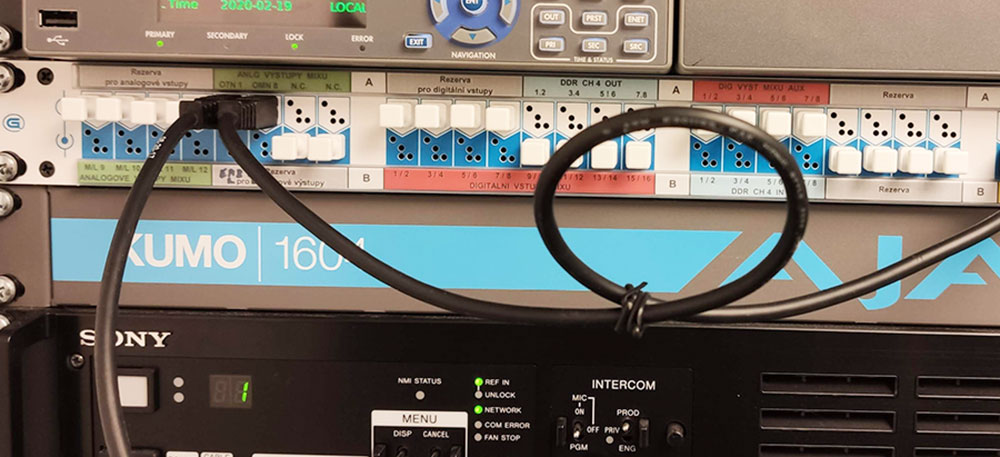
The pipeline also uses an AJA HELO H.264 video streamer and recorder for recording reliably to USB drives, which can be handed off to the crew and director after the production wraps. Finally, an AJA Ki Pro Ultra 12G 4K/UHD/HD recorder and player/multi-channel HD recorder is used for Apple ProRes backup recording. “HELO has proven to be a very reliable streaming and recording device that makes it easy for us to quickly share concert recordings for the crew’s work and our director reviews,” Dušan said. www.aja.com




